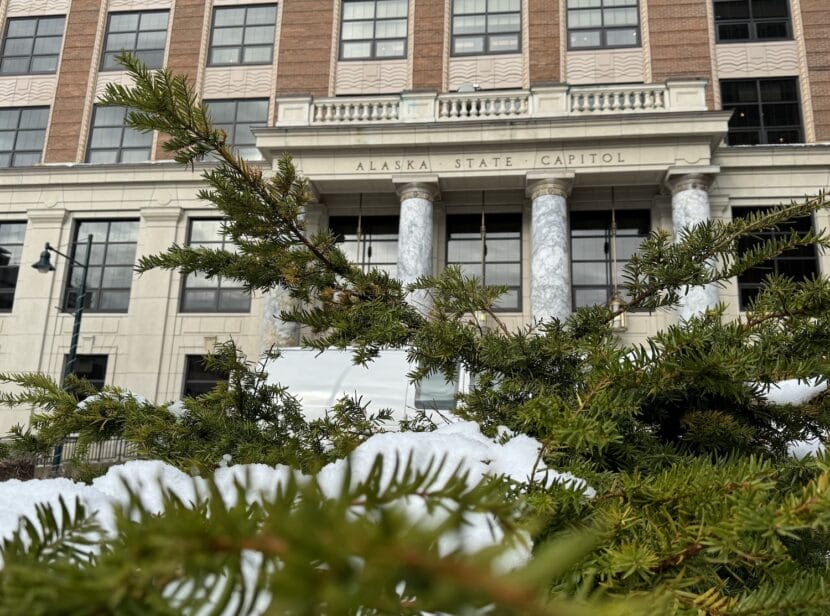
A new state revenue forecast that includes modestly higher oil prices promises to give Alaskans a slightly larger Permanent Fund dividend and the Alaska Legislature some additional breathing room as lawmakers craft a new state budget.
The forecast, released Wednesday by the Alaska Department of Revenue, updates a fall estimate and predicts that the state of Alaska will collect $140 million more in revenue than previously expected during the 12 months that begin July 1.
That will help legislators as they write a budget bill that must be passed and become law before July 1, the start of the state’s fiscal year.
It’s not all gravy, said Rep. DeLena Johnson, R-Palmer and co-chair of the House Finance Committee. While having additional money “certainly doesn’t hurt anything,” Gov. Mike Dunleavy is already planning to present some extra spending requests to the Legislature, she said.
“And so I want to see what those look like before I could say much about what the impact (of the new revenue forecast) would be,” Johnson said.
Sen. Bert Stedman, R-Sitka and Johnson’s counterpart on the Senate Finance Committee, said it’s also important to note that the new forecast also increases expectations for the current fiscal year.
For the 12 months ending June 30, the Department of Revenue expects an additional $58 million.
Under the budget law passed last year, some of that extra money is reserved for a bonus to this year’s Permanent Fund dividend. Stedman said he now expects that bonus to be slightly more than $200.
That would be paid atop to the amount that legislators set as this year’s dividend.
After subtracting the dividend bonus, Stedman said there’s about $170 million in additional dollars between the two fiscal years.
Sen. Click Bishop, R-Fairbanks, was among the lawmakers who said they hope some of the money will be spent on maintenance projects statewide.
“We’ve got a lot of need out there,” he said. “That snow removal number statewide, maybe we’ve got some wiggle room now to help with snow removal.”
“In Western Alaska, it’s embarrassing to look at the black mold in those schools … fire alarm systems that are defunct, etc. So hopefully we can throw a lifeline for deferred maintenance at our K-12 schools,” Bishop said.
Oil revenue represents only about a third of the state’s general-purpose income, but it’s extremely variable from year to year and even month to month, dependent upon fluctuations in price and production.
The Alaska Department of Revenue uses 30 days’ worth of data from oil markets to estimate prices in the future.
An annual transfer from the Alaska Permanent Fund to the state treasury is the state’s No. 1 source of revenue, accounting for more than half of its general-purpose revenue, but the stability of that transfer is negated by the sheer changeability of oil, causing legislators to pay close attention to forecasts as they set the state’s annual budget.
Last year, members of the House Finance Committee drafted a balanced budget before the annual spring revenue forecast, only to see the document turn into a deficit after the forecast came in lower than expected.
This year, the committee is waiting for the forecast, amendments from the governor, and a decision by the governor on a multipart education funding bill.
The House’s version of the budget should be in front of the full House by the end of the month, Johnson said, and is expected to be sent to the Senate for further debate on April 12.